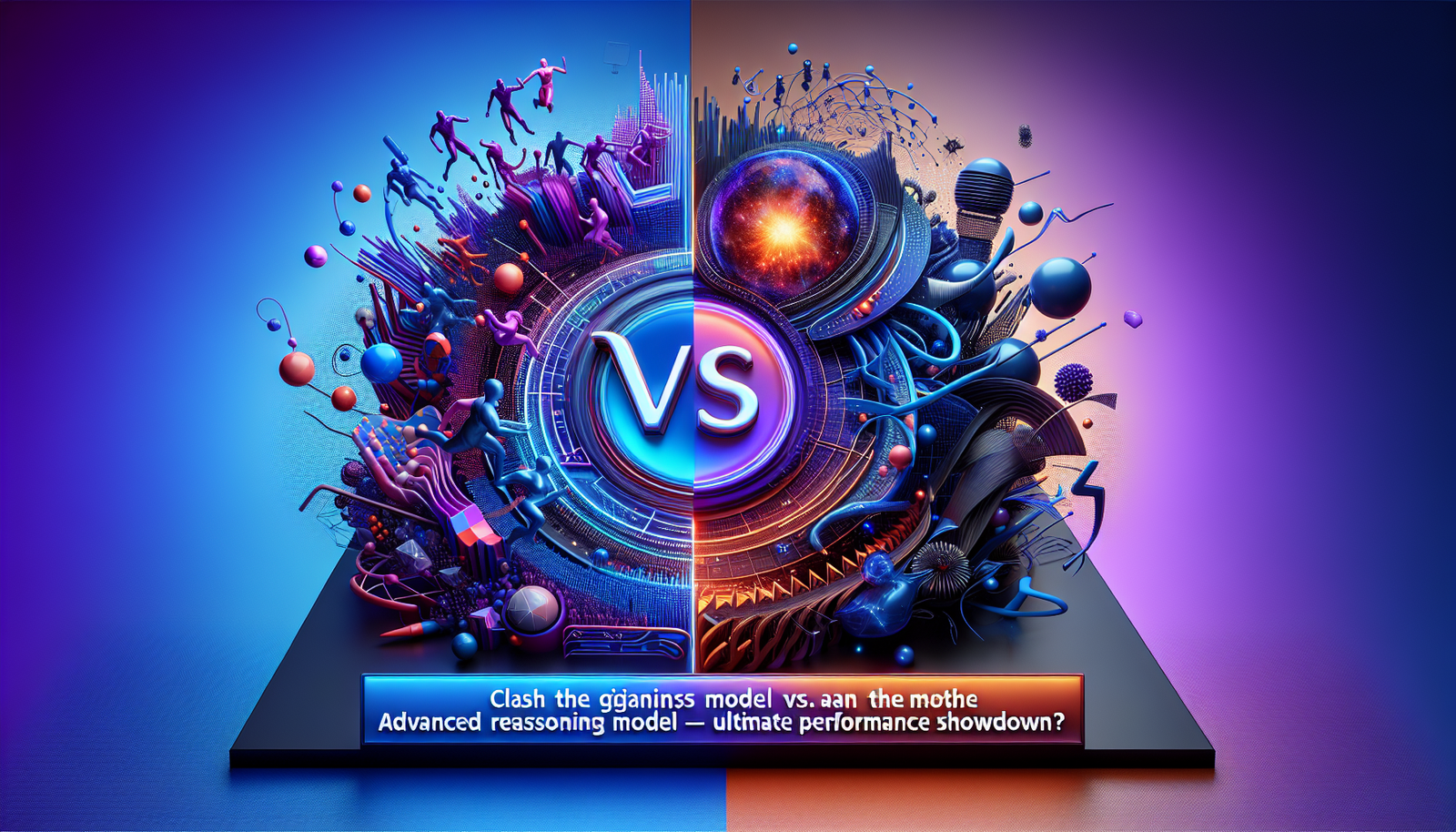The recent DeepSeek-R1 reasoning models are revolutionizing the landscape of artificial intelligence. *These innovations* display unprecedented performance that *challenges OpenAI’s supremacy*. The competition for excellence among these technology giants raises significant stakes. *The sophisticated reasoning capabilities* of DeepSeek-R1 challenge the very foundations of natural language processing. In an era where artificial intelligence is becoming the linchpin of many sectors, comparing performance between DeepSeek and OpenAI proves crucial for the future of technology.
The DeepSeek-R1 Models: A Revolutionary Advancement
DeepSeek has recently unveiled the launch of its reasoning models, the DeepSeek-R1 and DeepSeek-R1-Zero. These ambitious models focus on complex reasoning tasks, aiming to compete with the standards set by OpenAI.
DeepSeek-R1-Zero: An Innovative Training
The DeepSeek-R1-Zero model was designed exclusively through a large-scale reinforcement learning process, without relying on pre-training through supervised fine-tuning. This innovative approach has led to the natural emergence of remarkable reasoning behaviors, such as self-checking and reflection.
The creators assert that DeepSeek-R1-Zero is the first open research project to validate that reasoning capabilities can emerge solely from reinforcement learning. This potential revolution paves the way for advancements in reasoning artificial intelligence.
Limits of the DeepSeek-R1-Zero Model
Despite some advancements, this model faces notable challenges such as excessive repetition, poor readability, and linguistic mixing. These limitations could pose handicaps in real-world applications, prompting DeepSeek to further develop its flagship model.
DeepSeek-R1: Notable Improvements
The DeepSeek-R1 model enriches the foundations established by its predecessor by integrating cold start data before the reinforcement learning phase. This significantly enhances reasoning capabilities and corrects the weaknesses observed in DeepSeek-R1-Zero.
The results of DeepSeek-R1 compare favorably with the performance of OpenAI’s o1 system in various fields such as mathematics, programming, and general reasoning challenges. This positioning makes it a serious competitor in the field of reasoning models.
Comparative Performance Against Benchmarks
The DeepSeek models have been tested on several key benchmarks. For example, DeepSeek-R1 achieved a performance of 97.3% on the MATH-500 benchmark, surpassing OpenAI, which scored 96.4%. The distilled iteration, DeepSeek-R1-Distill-Qwen-32B, also achieved remarkable scores, exceeding OpenAI’s o1-mini in various tests.
An Innovation Pipeline
DeepSeek has unveiled a detailed strategy for developing its reasoning models, incorporating stages of supervised fine-tuning and reinforcement learning. Their process includes two phases of supervised fine-tuning to establish reasoning capabilities and two phases of reinforcement learning to develop advanced reasoning patterns.
Distillation as a Vector for Performance
Distillation, a crucial process for transferring reasoning capabilities from larger models to more compact versions, has allowed DeepSeek to achieve significant performance gains. The distilled models, ranging from 1.5 billion to 70 billion parameters, retain a large portion of reasoning skills, making these versions usable in various scenarios.
These models are accessible and operate on various architectures, promoting adaptable use ranging from coding to natural language understanding.
Open Licenses and Impact on the Community
DeepSeek has chosen to publish its models under the MIT license, allowing commercial use and subsequent modifications. This approach reflects the company’s commitment to the open-source community, enabling the training of other large-scale language models.
However, users of distilled models will need to adhere to the licenses of the base models such as Apache 2.0 and Llama3 licenses. This initiative promotes knowledge sharing beneficial to the entire artificial intelligence ecosystem.
The continuous advancements of DeepSeek could transform the landscape of artificial intelligence.
Frequently Asked Questions About DeepSeek-R1 and OpenAI Reasoning Models
What are the main advantages of the DeepSeek-R1 model compared to OpenAI?
The DeepSeek-R1 model offers performance comparable to that of OpenAI thanks to innovative training methods, including pure reinforcement learning. It excels in complex reasoning tasks and shows impressive results in key benchmarks like MATH and AIME.
How does DeepSeek-R1 position itself in terms of performance benchmarks?
DeepSeek-R1 has surpassed OpenAI on several benchmarks, with an exceptional accuracy of 97.3% on MATH-500 and 79.8% on AIME 2024, highlighting its effectiveness in mathematical and general reasoning problems.
Does DeepSeek-R1 use a different approach from OpenAI for reasoning?
Yes, DeepSeek-R1 was specifically designed to tackle complex reasoning tasks by avoiding some traditional fine-tuning methods and primarily relying on reinforcement learning strategies, which encourage emerging reasoning behaviors.
What limitations have been observed in DeepSeek-R1 compared to OpenAI?
While DeepSeek-R1 is highly effective, certain limitations such as excessive repetition, occasionally compromised readability, and a tendency to mix languages have been identified, posing challenges in real-world applications.
What impacts does the distillation approach have on DeepSeek-R1 models compared to OpenAI?
Distillation allows smaller versions of DeepSeek-R1 to retain a large portion of the reasoning capabilities of larger models, thus offering an impressive performance/efficiency ratio, often exceeding that of comparable-sized models from OpenAI.
How many derived models from DeepSeek-R1 are available and what are their performances?
DeepSeek has made several derived models available, including distilled models such as DeepSeek-R1-Distill-Qwen-32B, which have demonstrated impressive performance compared to OpenAI, particularly in reasoning and coding tasks.
In which domains does DeepSeek-R1 perform best against OpenAI?
DeepSeek-R1 stands out especially in mathematics, coding, and logic, offering superior results in reasoning challenges that require deep understanding and the ability to draw complex conclusions.
What innovations has DeepSeek-R1 brought to AI research?
DeepSeek-R1 has introduced unique learning methods based on autonomous reasoning without supervision, opening new avenues in artificial intelligence and yielding results that could evolve current reasoning models.






